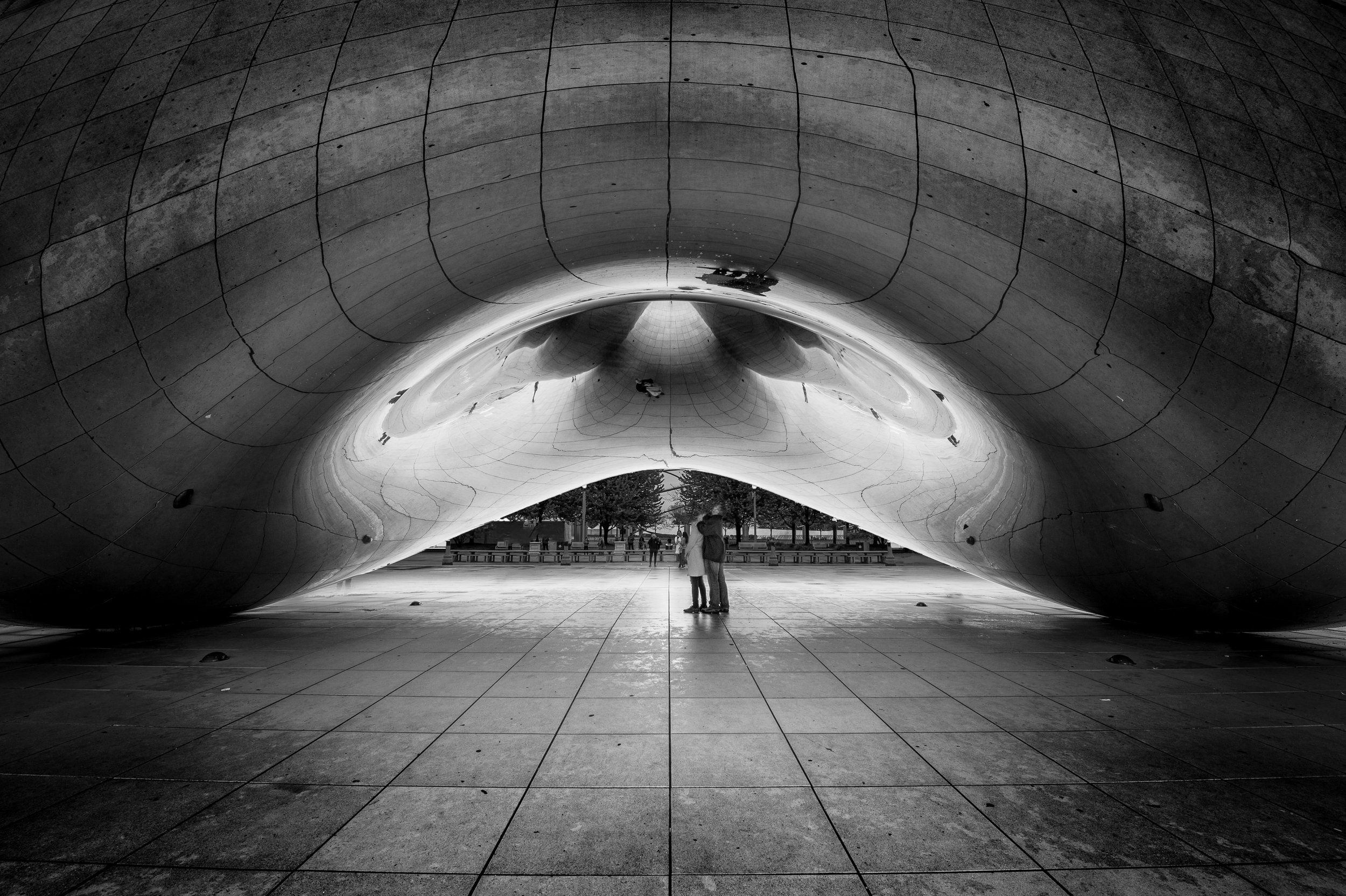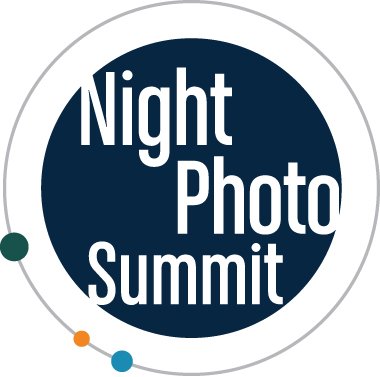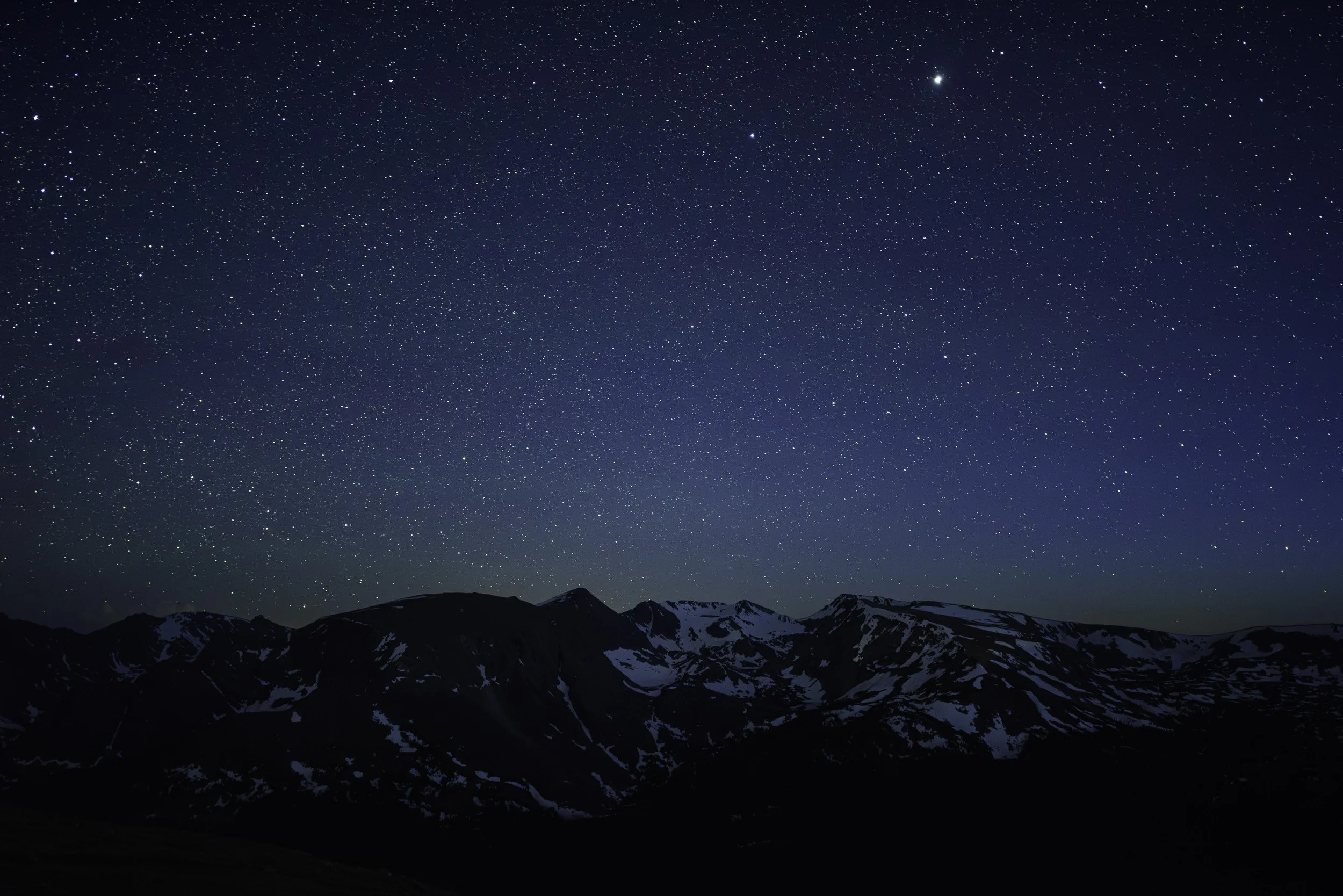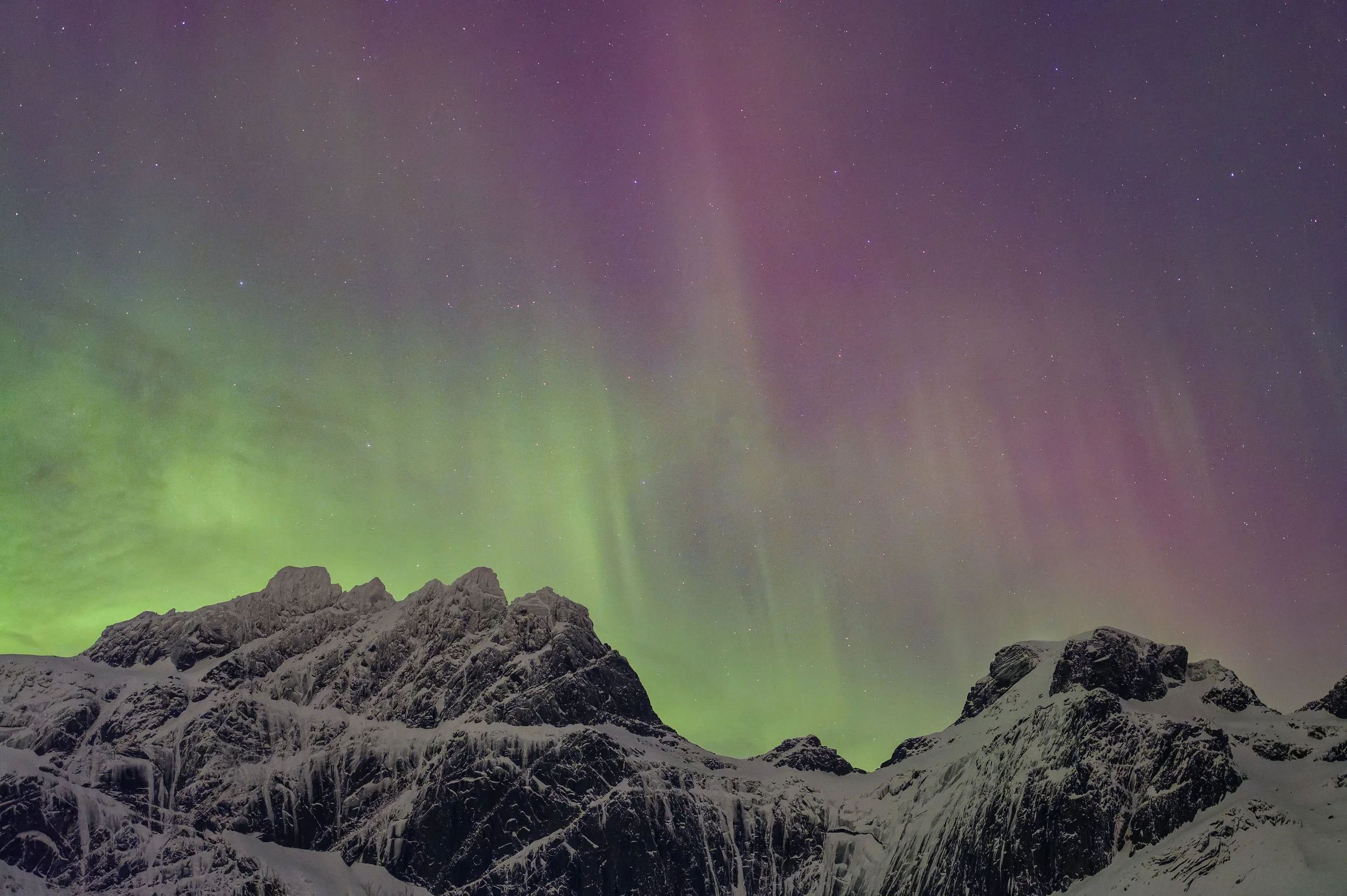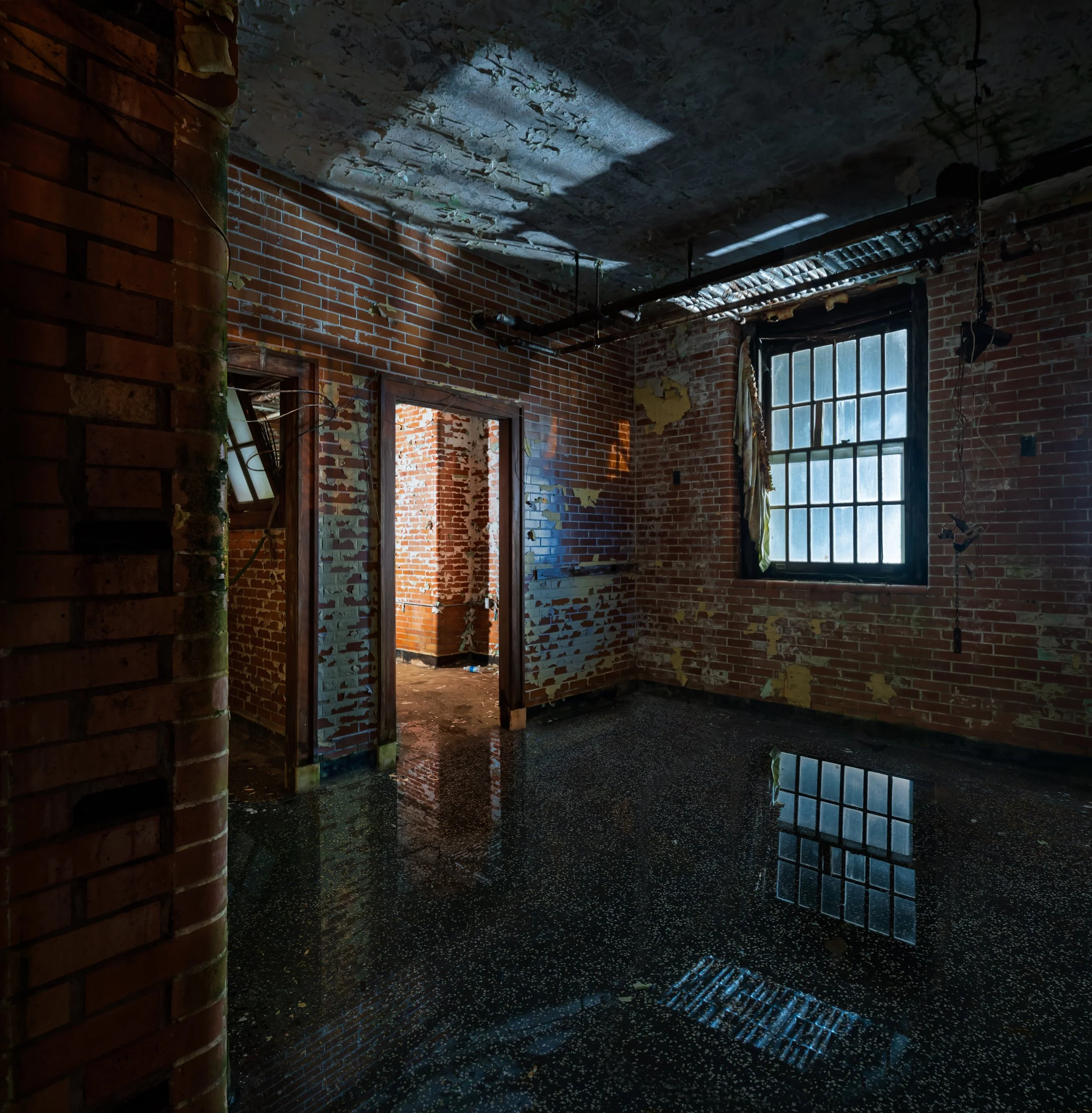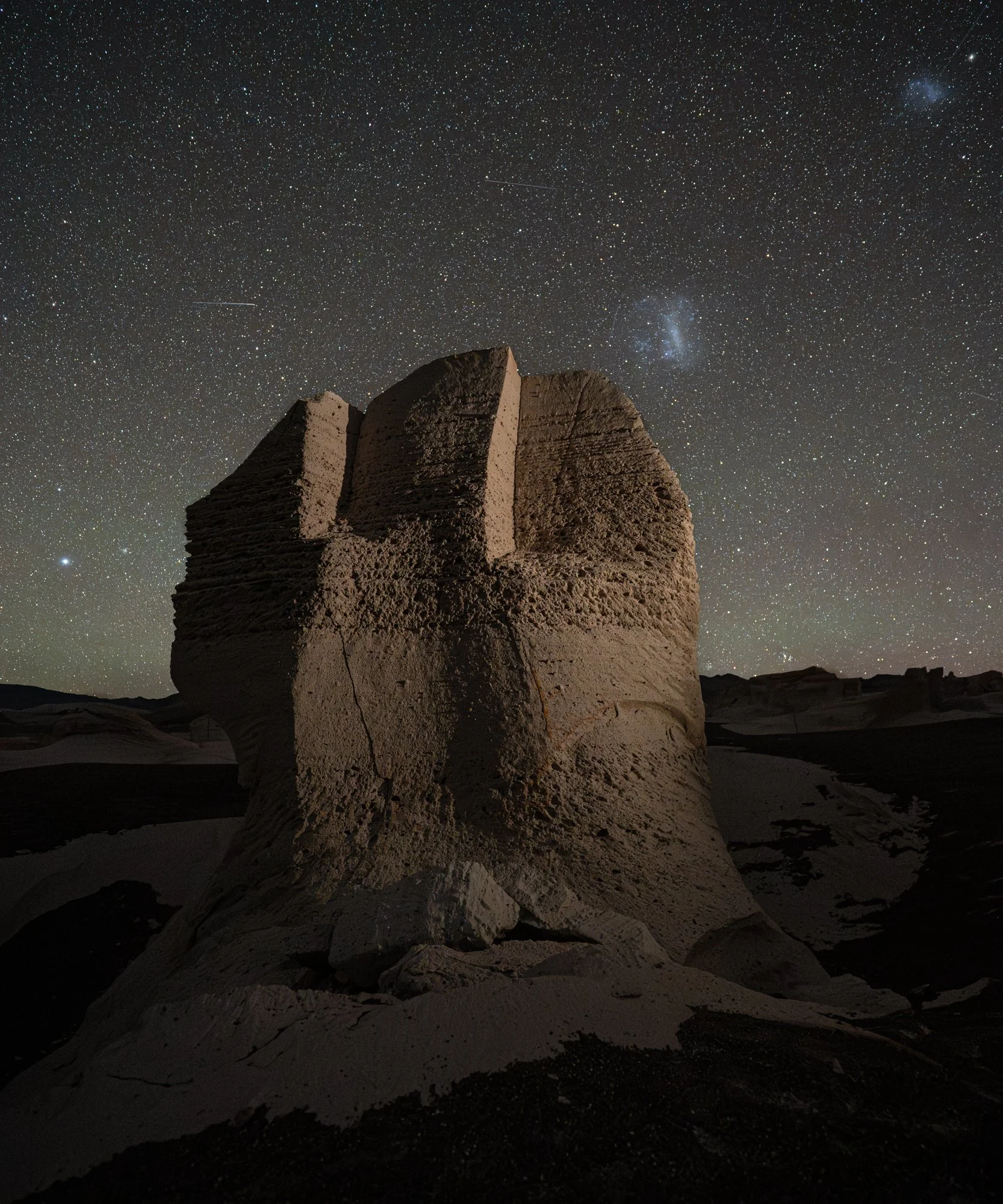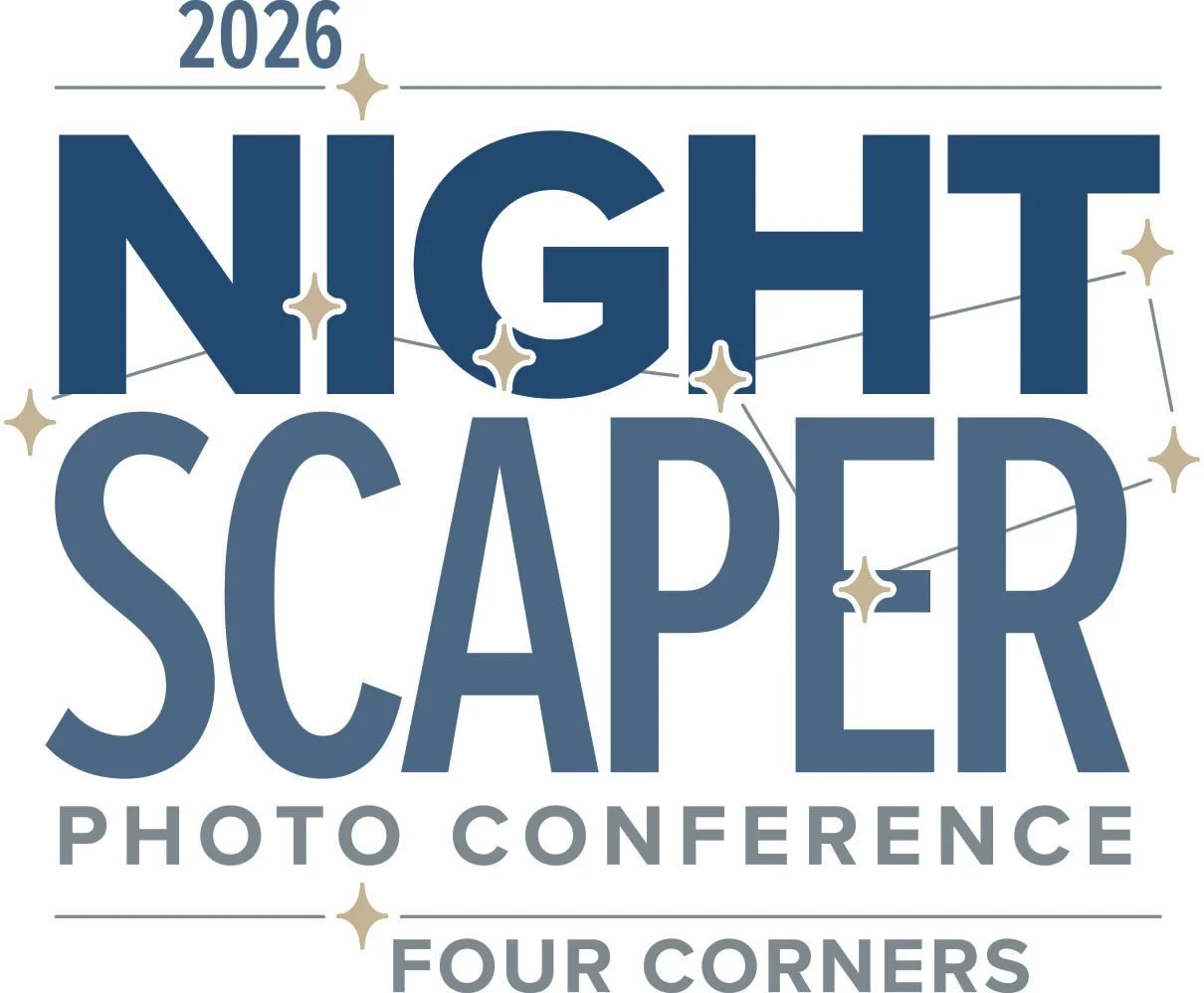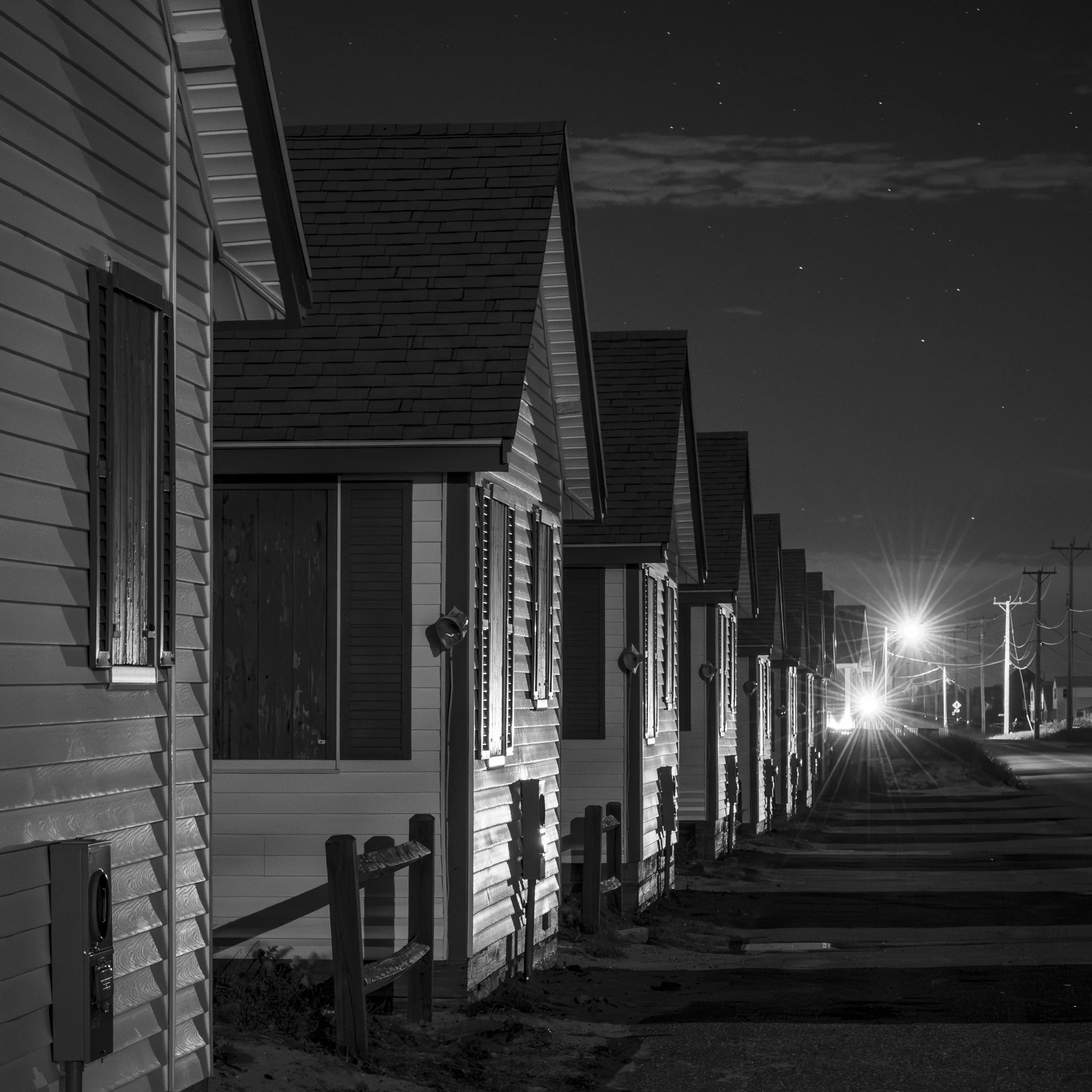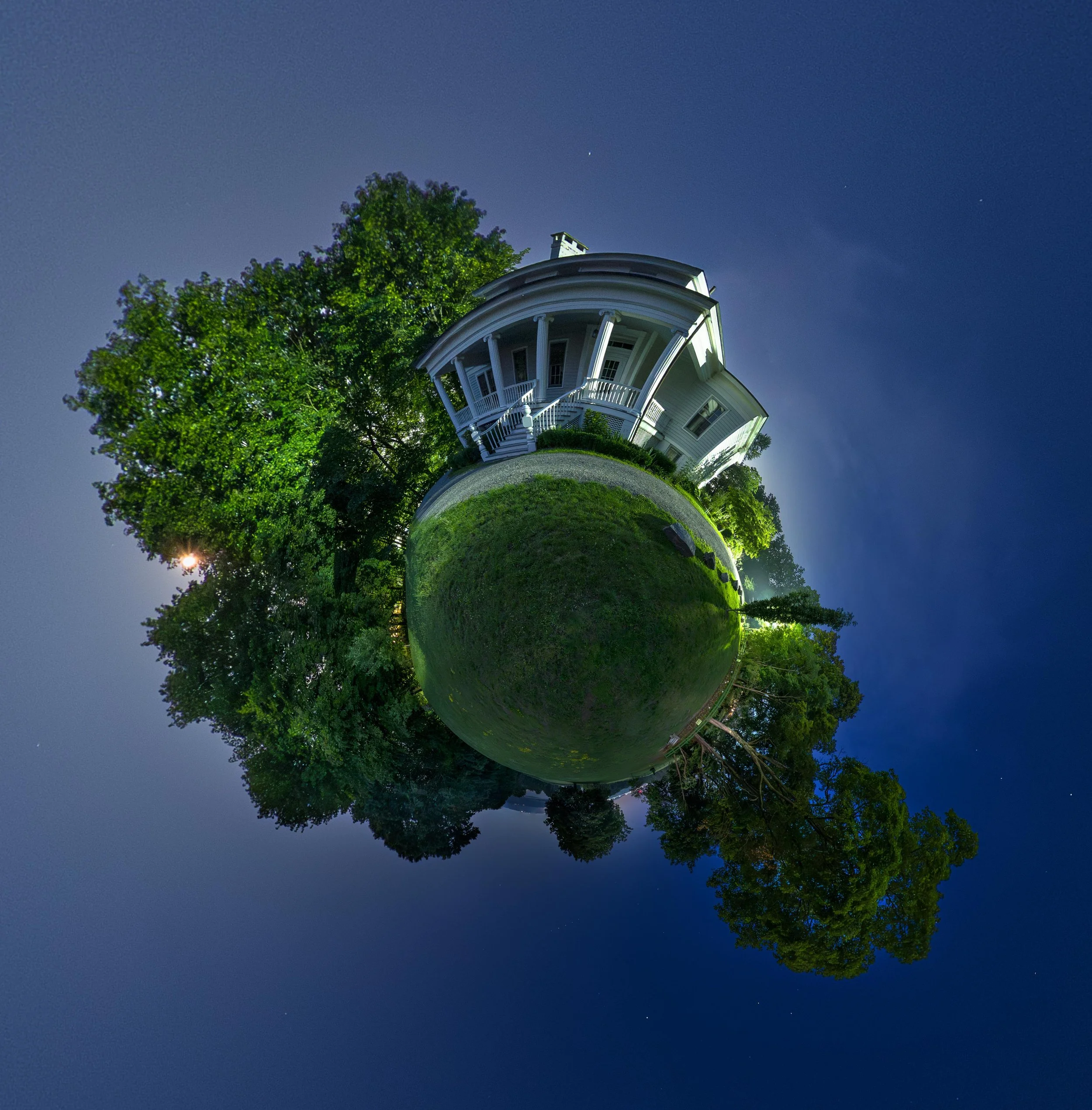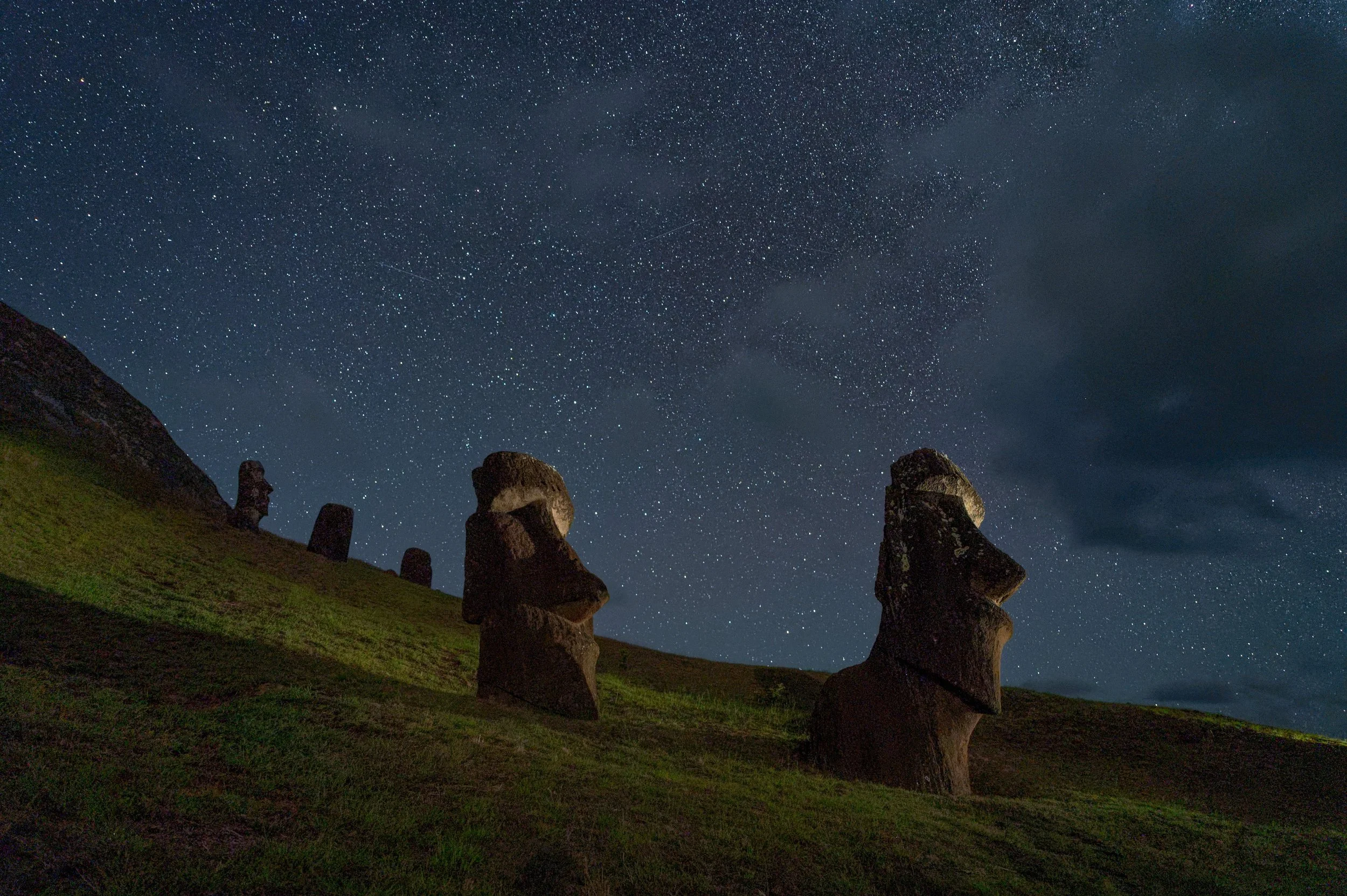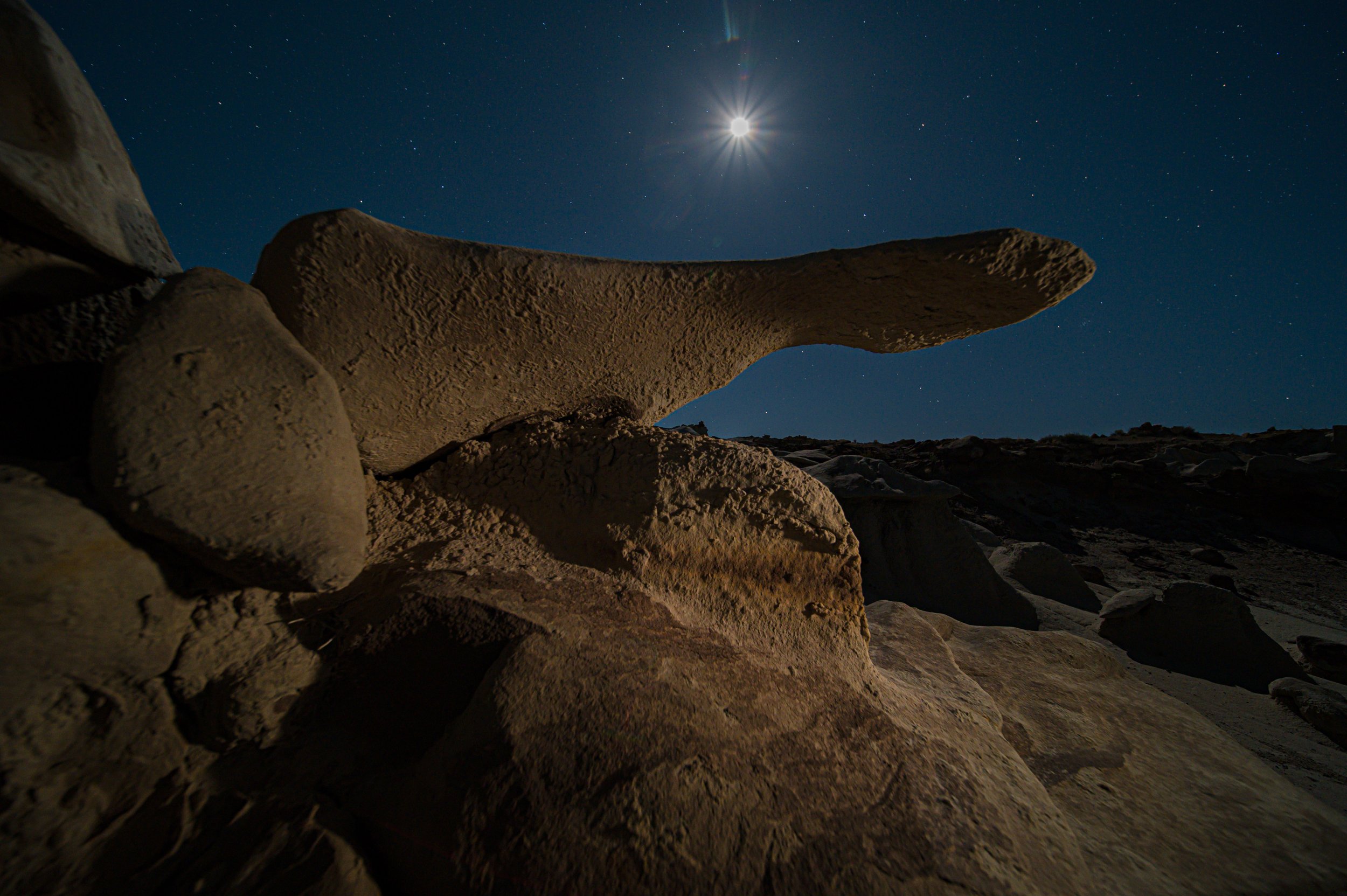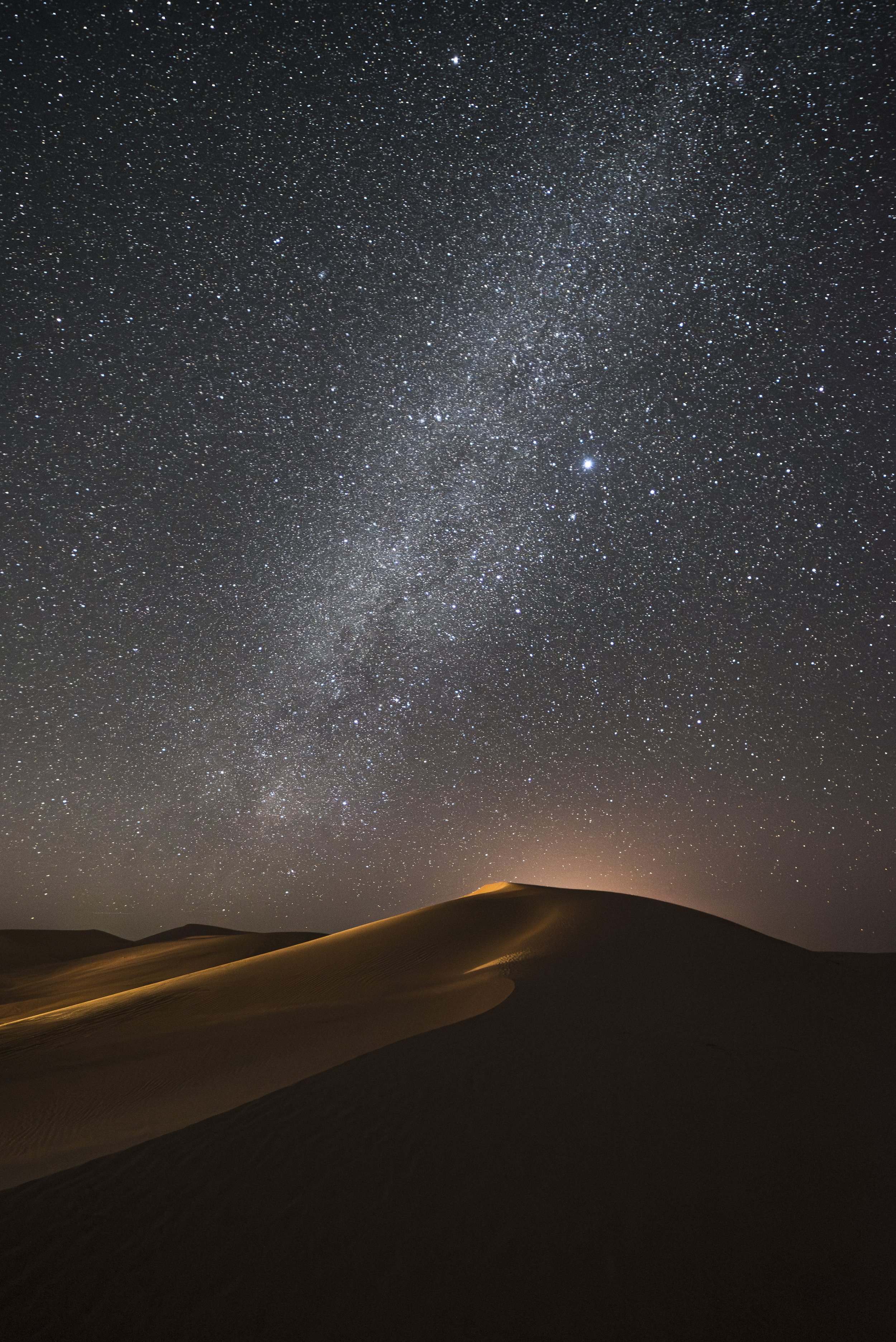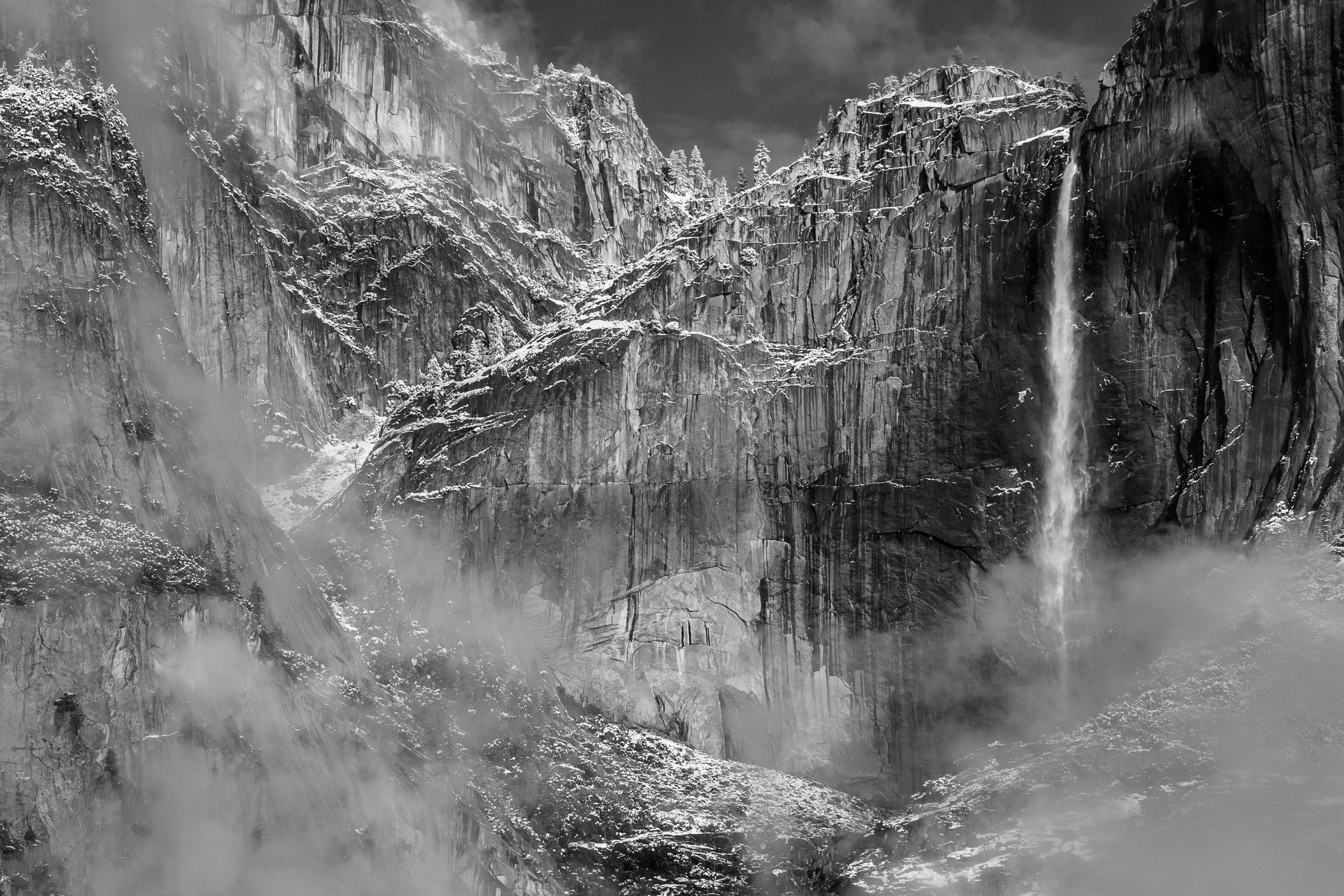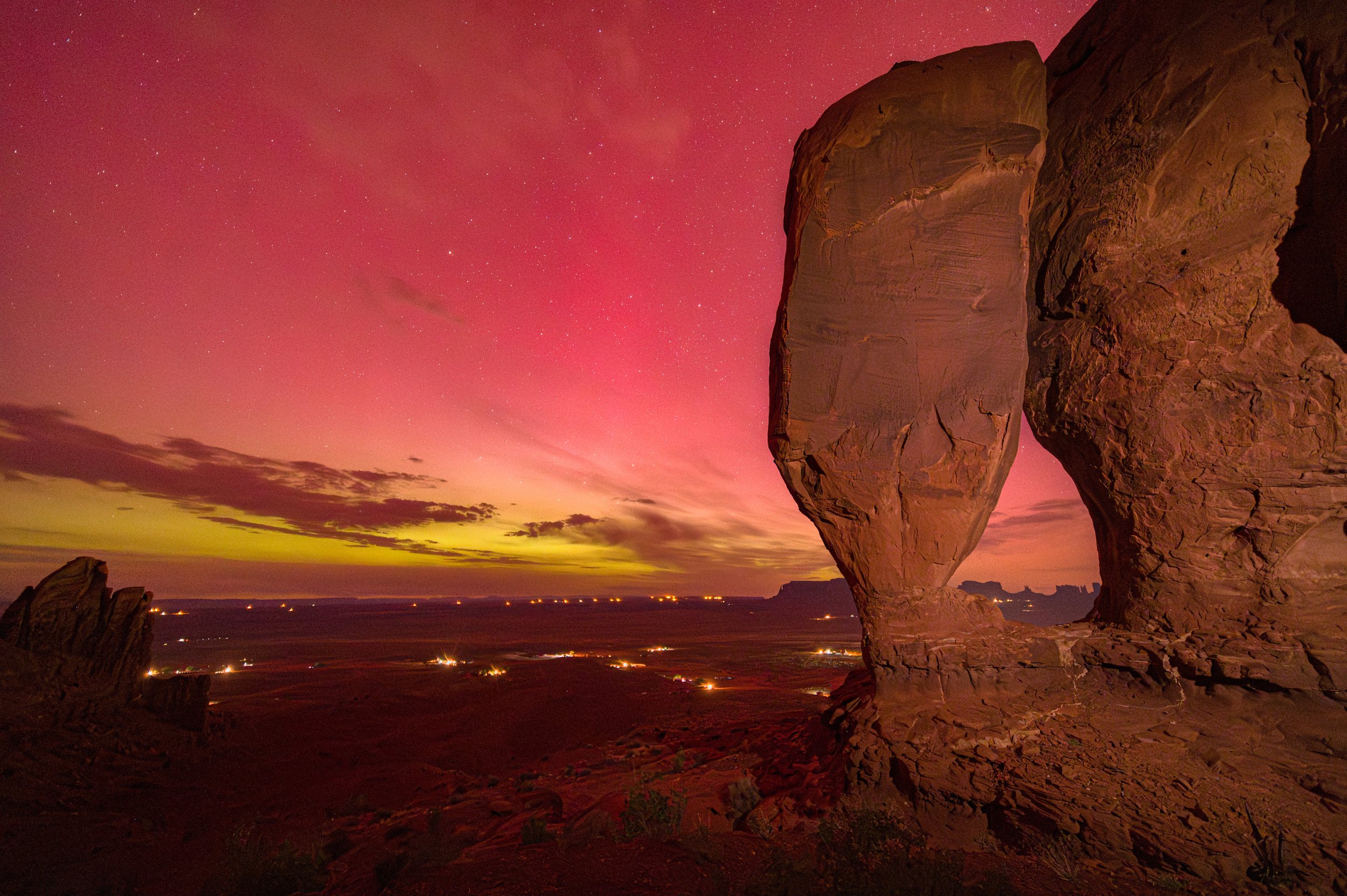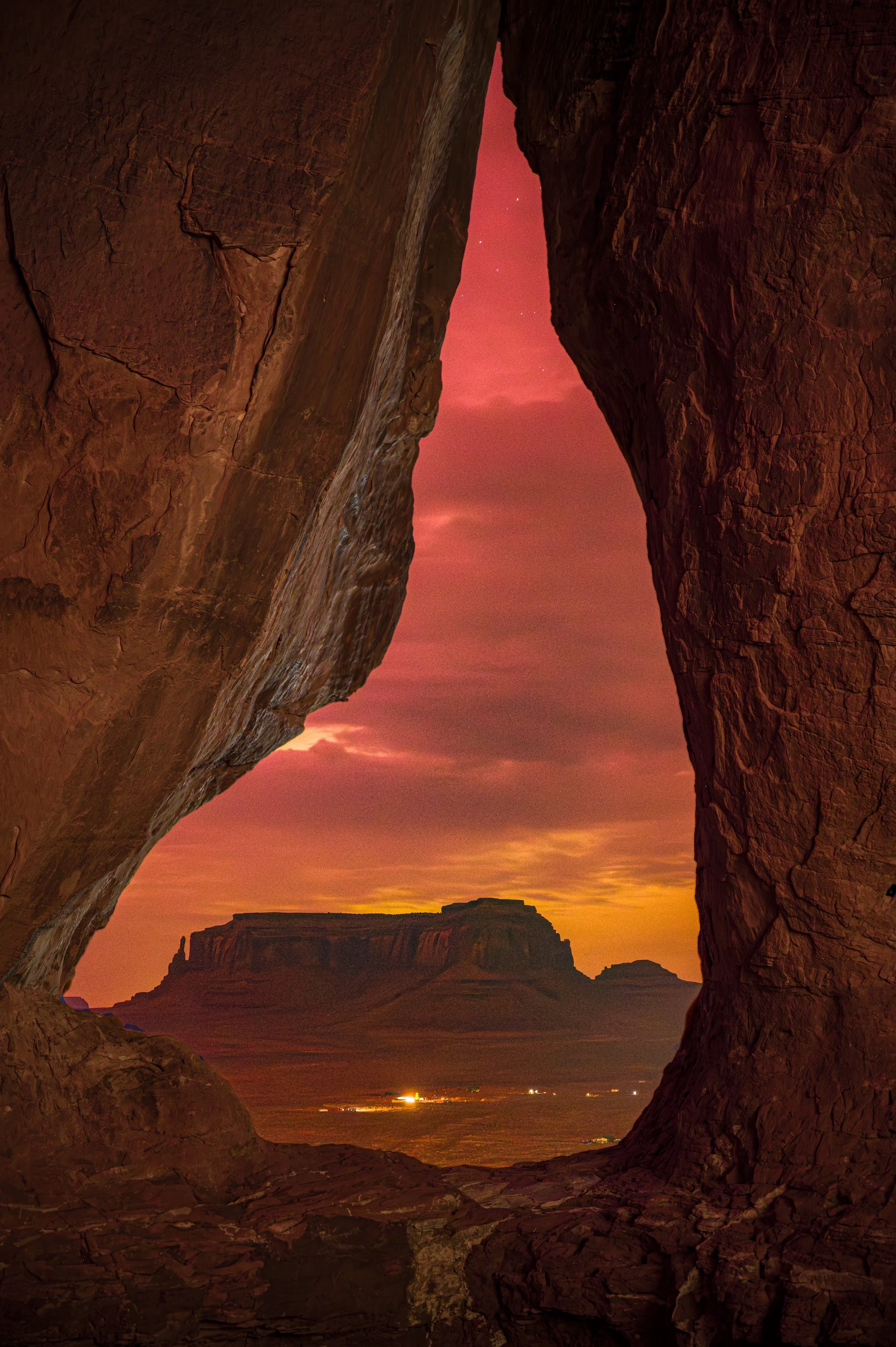It’s been not even a week since Gabriel Biderman and I returned from teaching at PhotoPills Camp on the beautiful Mediterranean island of Menorca, and I still think about the adventures and the camaraderie with new friends and colleagues.
I’ve also been thinking a lot about how much knowledge PhotoPills provides to night photographers. The app has become so ubiquitous in my workflow that I’d come to take it a little for granted. Spending a week with people who are learning to master it—and seeing their wonderment at the creative options the app enables—made me consciously appreciate again all that this tool can do.
It also reminded me of a blog post idea that’s been sitting in a corner of my mind for years: “The Many Ways that PhotoPills Helps a Night Photographer.” That’s what we’re covering below.
Know When Darkness Will Fall
Anticipating darkness can be relatively important for night photography. PhotoPills tells you when the sun will set, when the different phases of twilight will begin and end, and when the sky will finally be as dark as it can be. Then it tells you all that info in reverse, all the way to the next sunrise. And it does this for any day of any month of any year, for wherever on Earth you want to shoot.
Want to shoot in Bryce Canyon National Park tonight? PhotoPills tells you all you need to know about sunset, moonrise, astronomical twilight, Milky Way visibility times and more.
Find the Milky Way
PhotoPills’ most famous feature is probably its ability to help you visualize where in any given scene the Milky Way will appear, whether tonight or any night in the future, whether you’re on location or scouting from half a globe away.
You can use the Planner to scout ahead of time, or use the Augmented Reality (AR) mode to overlay the Milky Way right on the scene that’s in front of you. Find where and when it will be for the photo you want to create, then just be there.
In a daytime scout in Death Valley National Park, Night AR showed exactly where the Milky Way would be at 10:04 that same night. Or, more importantly, it showed what time the Milky Way would be exactly where I wanted it for this composition. Nikon D5 with an Irix 15mm f/2.4 lens. 20 seconds, f/2.8, ISO 6400.
Find the Moon
PhotoPills helps you do the same with the moon. I love photographing in moonlight, as well as including the moon in a composition when it’s relatively near the horizon. The Planner, the Moon and the Night AR pills all help with that.
The moon can move around in the sky quite a bit from night to night, and might not appear in the same place at the same time for half a decade. That makes guesswork just a little more than hard, but PhotoPills makes guesswork unnecessary.
In Acadia National Park, Night AR showed precisely where the moon would rise over the Atlantic coast. Nikon D3s with a Nikon 24-70mm f/2.8 lens, light painted with a gelled Coast HP7R flashlight. 4 seconds, f/5.6, ISO 800.
Find an Eclipse
Every now and then the moon creeps into Earth’s shadow, and every now and then the moon blocks sunlight from reaching us. You’re probably more likely to win the lottery than to catch an eclipse by happenstance, so if you want to photograph one, you need inside information. PhotoPills gives it to you.
Want to photograph an eclipse sometime in the next few decades? PhotoPills holds eclipse data, for both the solar and lunar varieties, through the next 28 years. So there’s no excuse to miss the annular solar eclipse on May 31, 2049, nor the total lunar eclipse on October 29, 2050.
The eclipse information in the Planner helped me anticipate this total lunar eclipse composition over Price Lake on the Blue Ridge Parkway. Nikon D5 with a Nikon 24-70mm f/2.8 lens. Three blended frames: 15 seconds (sky), 30 seconds (foreground); 1/4 second (moon), all at f/2.8, ISO 6400.
Find a Pole Star
If you’ve been doing night photography for more than a minute, then you probably know how to use the Big Dipper to find Polaris, or how to use the Southern Cross to find Sigma Octantis, so that you can photograph star circles. (If not, join us for a workshop and we’ll point you in the right direction.)
However, if you’re scouting in daylight, none of those stars will help you find anything, because you can’t see them. So turn on Night AR, the PhotoPills feature that plops a sky map over anything your device’s camera is aimed at. Included in that overlay is the point in the celestial sphere that all the surrounding stars appear to revolve around, allowing you to strategize star-circle composition hours before the sky is dark enough to shoot them.
In Menorca (during PhotoPills Camp!), Night AR showed that the North Star would center right above this stone wall that I’d had my eye on. Nikon D5 with a Nikon 14-24mm f/2.8 lens. Sky: 8 stacked frames shot at 8 minutes, f/8, ISO 1600. Blue-hour foreground: 30 seconds, f/8, ISO 400.
Envision Star Trails
Not all star trails are circles—some are curved or diagonal lines that stretch across the skies of our non-pole-star compositions. If you’re experienced and have a good optical imagination, you may be able to visualize which way those stars will appear to be moving based on which direction your camera is facing. Or you can look at PhotoPills.
In Night AR, all those lines that appear over your scene are the celestial arcs that stars will be moving along during long exposures. You can see exactly which way those stars will trail, and discern whether that might help or hinder your composition.
This view of Moro Rock in Sequoia National Park faces southeast, and the arcs of the lines in Night AR mimicked the shape that I could expect from star trails in the frame. Nikon D5 with a Nikon 14-24mm f/2.8 lens. Sky: 18 stacked frames shot at 5 minutes, f/5.6, ISO 1600. Blue-hour foreground: 10 seconds, f/5.6, ISO 400.
Calculate a Long Exposure
When you’re setting up a star-trail photo, your exposure (or your cumulative exposure, if you’re stacking) will be relatively long—perhaps only five minutes, or perhaps a few hours. But testing a 2-hour exposure to see if it’s correct takes way too long, which is why we recommend running a high ISO test.
Once you know your high ISO exposure, how do you convert it to an equivalent long exposure? You can use the Six-Stop Rule as a shortcut for simple conversions, or you can use PhotoPills’ Exposure calculator for more complex ones. You have a good test shot at 10 seconds, f/2.8, ISO 25,600? In a fraction of a second, PhotoPills will tell you that your 45-minute exposure should be at f/8 and ISO 400.
In Colorado’s Uncompahgre National Forest, I was able to use the Exposure pill to quickly calculate a 15-minute exposure with better depth of field based on a test exposure shot wide open at ISO 6400. Nikon D5 with a Nikon 24-70mm f/2.8 lens. 15 minutes, f/5.6, ISO 250.
Calculate a Shorter Exposure
When you don’t want your stars to trail—even a smidge—you need to know the maximum shutter speed you can use before that happens. The 400 Rule is a useful shortcut to that information, but it’s not entirely accurate and doesn’t account for every variable that can affect the result.
What does? The enormously complex algorithm known as the NPF Rule. Use that, and your stars will stay as tiny little dots in the dark sky, just like you want them to. No one is doing NPF calculations in their head—you need a calculator, and PhotoPills has one in its Spot Stars pill.
For this Milky Way photo in Joshua Tree National Park, I used the Spot Stars pill to calculate an NPF Rule shutter speed that would render the stars as supersharp pinpoints. Nikon D5 with a Nikon 14-24mm f/2.8 lens. 10 seconds, f/2.8, ISO 12,800.
Determine Hyperfocal Distance
Of all the ways to focus in the dark, using hyperfocus is the hardest to master and the most surefire to work in every situation. Because of the latter, learning the technique is worth the investment.
The calculations for determining a correct hyperfocal distance are too complex to tackle in the field with pencil and paper, so a microchip is necessary. PhotoPills will do all that math for you and report the data in a table or in a streamlined chart, depending on which format makes more sense to you.
Even with that assistance, hyperfocus is a complex concept that is also incredibly abstract. PhotoPills makes it easier to understand and to apply by making the information concrete: Using AR, it can overlay the hyperfocal distance, as well as the near and far focal planes, onto the scene you’re standing in front of. You still need to measure in the real world to be sure of accurate results, but seeing that display goes a long, long way to understanding how this technique will help you nail focus and maximize depth of field.
In Big Bend National Park, PhotoPills Augmented Reality gave me a preview of how I could use hyperfocus to get the foreground brush and the background stars all sharp, even at f/4. Nikon D3s with a Nikon 14-24mm f/2.8 lens, light painted with a Coast HP7R flashlight. 92 stacked frames shot at 25 seconds, f/4, ISO 5000.
Figure Out Pano Panel Widths
If you photograph Milky Way panoramas, or if you’ve investigated how to, then you’re aware that the frames need to overlap by about one-third to one-half.
When actually shooting, many photographers guess that third or half, or they eyeball something in the scene to approximate how far to pivot the camera from one frame to the next. But some photographers like to be more precise and overlap by an exact increment, using degree measurements etched into their tripod-head bases.
In order to do that, you need to know how many degrees wide your frame is, which is based on the size of the camera sensor and the focal length of the lens. This requires referencing manufacturer data, and—once again—running calculations.
The PhotoPills FoV (field of view) feature can do that all for you. Just enter your camera and lens models, and the app will pull the pertinent numbers out of its database and tell you how many degrees wide your frame is. Divide by 2 or 3, and you know exactly how many degrees to rotate your camera between pano panels.
For this Milky Way pano at California’s Mono Lake, I used PhotoPills to determine that the ideal rotation for my camera between frames would be about 35 degrees (75 divided by 2, rounded). Nikon D5 with a Nikon 14-24mm f/2.8 lens. Sky: 6 stitched frames shot at 15 seconds, f/2.8, ISO 12,800. Foreground: 6 stitched frames shot at 30 seconds, f/2.8, ISO 12,800.
Plan for a Meteor Shower
To photograph a meteor shower successfully, you need a lot of info to help plan when to be outside: dates of the shower, the date and time of peak activity, the moon phase, when the moon rises and sets, twilight times, etc. It’s also helpful to know the shower’s radiant—that is, the point in the sky where the meteors appear to originate.
I’m sure you’ve seen the pattern by now, but I’ll write this anyway: PhotoPills has all that info. You can view a year-by-year chart of all the Class I, II, III and IV meteor showers for the rest of this century and beyond. The chart and the more detailed info pages that follow include all the info mentioned above—plus more, including easy-to-read bar graphs depicting how good each shower will be for photography.
As for the Planner and that stellar AR feature I keep mentioning, they also work with meteor showers. View all the above info on the map from home, or stand in the place you want to shoot, and you can see where the radiant will be at any time.
This year the Eta Aquariids and Gemenids were predicted to be the best for photography. We can see this quickly by viewing the “energy bar” to the left of the shower name.
Wrapping Up
So there you go, a long list of tasks that PhotoPills can help you with when photographing at night. The app does more too, including a whole host of cool things for daytime photographers. Moreover, it does most of these things without needing an active cell or Wi-Fi connection.
By the way, we teach all of this—almost the whole app, in fact—on our PhotoPills Bootcamp workshops. Our next of those will be at Bryce Canyon National Park at the end of this month, and a couple of spots recently opened. If you want to learn all the ways that PhotoPills can help you become a better photographer, sign up now!
Also keep your eye on this blog. All of the National Parks at Night instructors use PhotoPills, and it’s inevitable that we’ll write about the app in this space from time to time. We will certainly cover some of the above features in more detail in the future.
How have you used PhotoPills to create better night photography? We’d love to see those images. Feel free to post them in comments section or on our Facebook page, or tag us (@nationalparksatnight) on Instagram. Be sure to tell the story of how you used the app to scout the shot!


